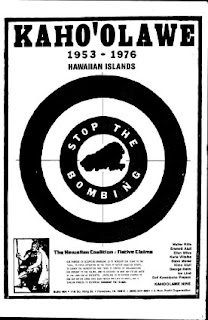 My grandfather Kent Miller aboard Comforter with Mom running beside them
My grandfather Kent Miller aboard Comforter with Mom running beside them In his day there was no finer American equestrian artist than George Ford Morris (1873-1960). By painting horses, riders and their owners, Morris captured on canvas the ever-changing world of "Town and Country" Americana. His paintings, featured in the 1952 book Portraitures of Horses, are as popular as ever, selling for as much as $25,000 in auctions.
In the early 1940's Morris visited my mother's home in Aiken, South Carolina. Her father, Kent Miller,and mother, Theodora, were hoping to get some lessons from the famous artist.
This I finally consented to do, to the extent of allowing them to work two half days a week in my studio, during which time I would give them as much help and criticism as I could while continuing my own work. Although Mrs. Miller's chief object in trying to draw horses was, I believe, to avoid as much as possible being deprived of her husband's company while he was engaged in his art work, nevertheless, it turned out that she could draw horses so much better and with so much less effort than he could that he was forced to the stark conclusion, if his wife was a better artist than himself, he had better try to make his living in some other way, and I inwardly approved of his decision.
-George Ford Morris
Kent was a strapping, graceful figure of a man on a horse, and his first love before his marriage had been Saddle-Horses, of which he owned three well bred ones when I met him... - GFM

But in Aiken my grandfather's fancy turned to Thoroughbreds.His newest acquisition was a horse named Comforter which he entered in some some of Aiken's amateur chases. The horse failed to race well, but my grandfather met a famous owner of Steeplechase horses, Thomas Hitchcock.
When Hitchcock died, my grandfather bought a small racy looking horse from the Hitchcock stable. Veteran steeplechase men were amused by the persistence with which my grandfather trained the horse.
It was not long however, before little Elkridge and his amateur handler began to astonish them. In 1946, Elkridge won the Grand National at Belmont. (Elkridge would win 31 of 123 starts and be elected to the Hall of Fame in 1966.) Stablemate War Battle won the Temple Gwathmey. The sporting press declared Elkridge the ranking steeplechaser of 1942 and 1946. War Battle won the title in 1947.
Another evidence that goes to show what youthful genius coupled with earnest endeavor can accomplish in this tough and ofttimes cynical old world.-GFM
Recently I received a photograph from Morris's great nephew who lives in Seattle. It's an 11 X 14 painting of Elkridge, finished but for the rider and saddle which are penciled in. Small world.
























